There are certain plugins that even when users attempt to remove, they occasionally keep reinstalling themselves.
This may be annoying, particularly if the unwanted add-on keeps reappearing after a computer restart or browser close and reopen.
In fact, there are a number of reasons why an extension might reinstall itself, albeit not all instances are the result of malicious behavior.

Here are a few reasons on why a certain browser plugin reinstalls itself even after users try to delete them:
An extension that is corrupted can be one factor. The extension can be installing itself again if it is corrupted. Users should attempt deleting the extension in this case, then reinstalling it from a trustworthy source.
Another possible cause can be due to the browser’s settings. It’s possible that the browser settings are set up to install extensions automatically. If this is the case, users should check their browser’s settings and make the necessary changes.
Addition to that, the extension may keep installing itself is if your machine has spyware or a virus. In this situation, a complete computer scan with anti-malware or anti-virus software is advised to find and get rid of any risks.
Finally, the extension might be downloaded and installed automatically on other devices if the user has their browser open and is logged in with a Google account or another account that syncs settings between devices.
Users should examine their sync settings in this situation and make any necessary adjustments.
Since having an unwanted extension reinstall itself is irritating, here is a step-by-step guide on how to remove a specific extension permanently.
How to Permanently Remove Unwanted Browser Extension
This procedure will assist you in removing the unwanted plugin that keeps on reinstalling itself. You can rest assured that the information provided below has been tried and tested.
Step 1: Uninstall Applications That May Be Connected to The Browser Extension
Some computer programs could be associated with the persistent browser extension installation. These programs may prevent the uninstallation of the browser extension.
To resolve this issue, you can search for applications on your computer that have the same or similar name as the problematic extension. If no related applications are found, you can also try checking the publisher/developer of the extension and look for any applications from the same publisher on your device.
You may also locate the program by utilizing the Task Manager and finding suspicious applications that are currently running when you are facing the browser problem.
Remove the Program via Control Panel

1 Search Control Panel in the Windows search bar then click it.
2 The Control Panel should open, from there click Programs then Programs and Features.
3 A list of installed software will show on the screen after a moment.
4 Scroll down and find $$custom_field:vname$$ or any suspicious programs you did not download then right click the application and select Uninstall.
Remove the Program via Revo Uninstaller
For computer users who are not sure of what to do. You may resort to using Revo Uninstaller since it is much more effective and easy to use. Revo Uninstaller is a very useful tool for Windows users.
This uninstaller not only removes programs from the computer but it also deletes their changes from the Windows Registry, Host File and etc.
1 Click the button above and download the latest software that is compatible with your system.
2 Open the downloaded file and it should guide you through the setup.
3 Follow the installation procedure and wait until the installation of the software is complete.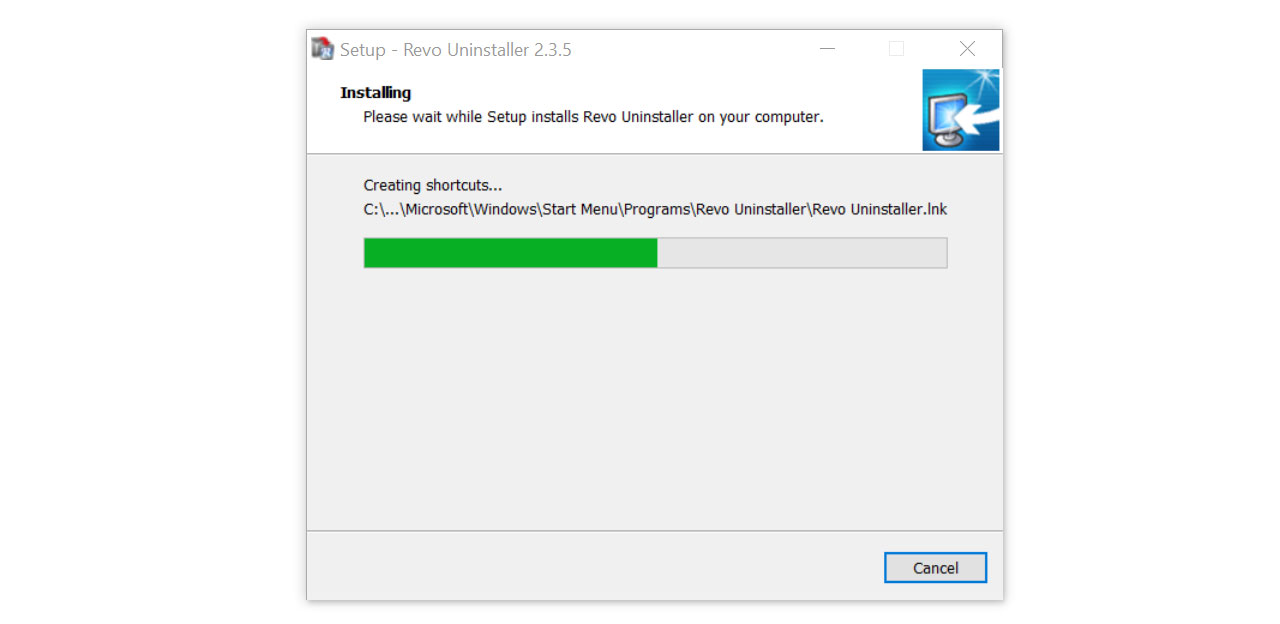
4 After the installation is finished, tick the box that says Launch Revo Uninstaller then click finish.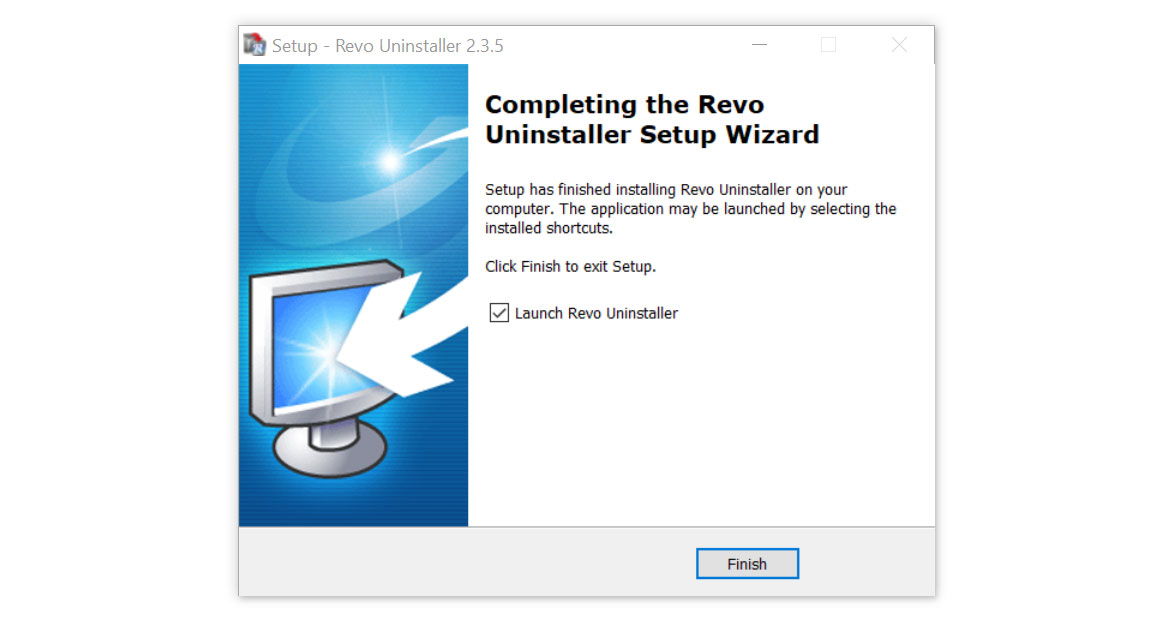
5 Once the software has launched, find the unwanted application that is needed to be removed, double click the program to uninstall.
6 Click on the Continue button and follow the procedure to start uninstalling the program.
7 Once it is uninstalled, a window will pop-up. Select the Advanced option for the scanning mode then click Scan to find remnants of $$custom_field:vname$$.
8 A window will pop-up and show all of the leftovers and changes made by the program uninstalled a while ago.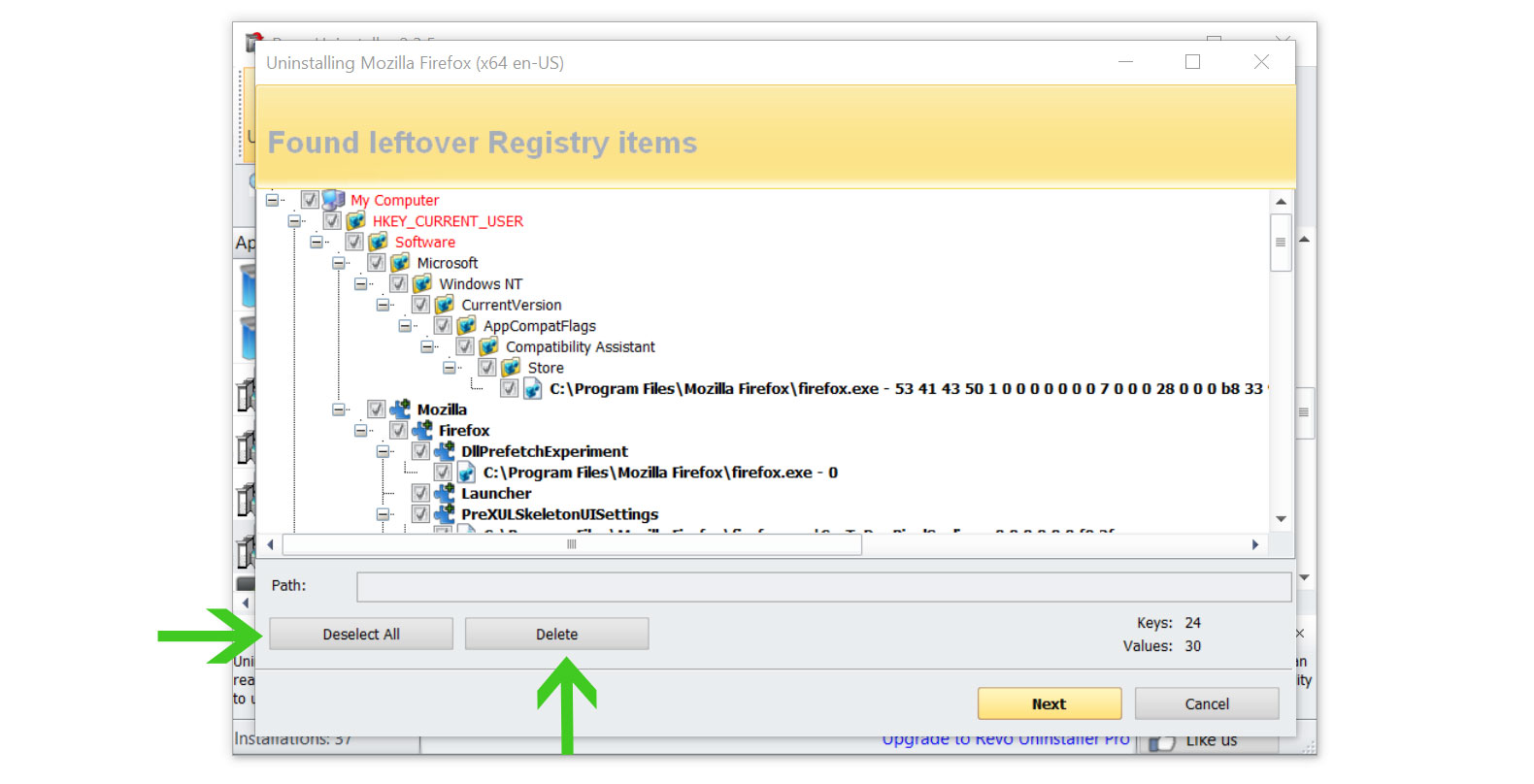
9 Click the Select All button and hit Delete to remove the leftovers found on the Windows Registry.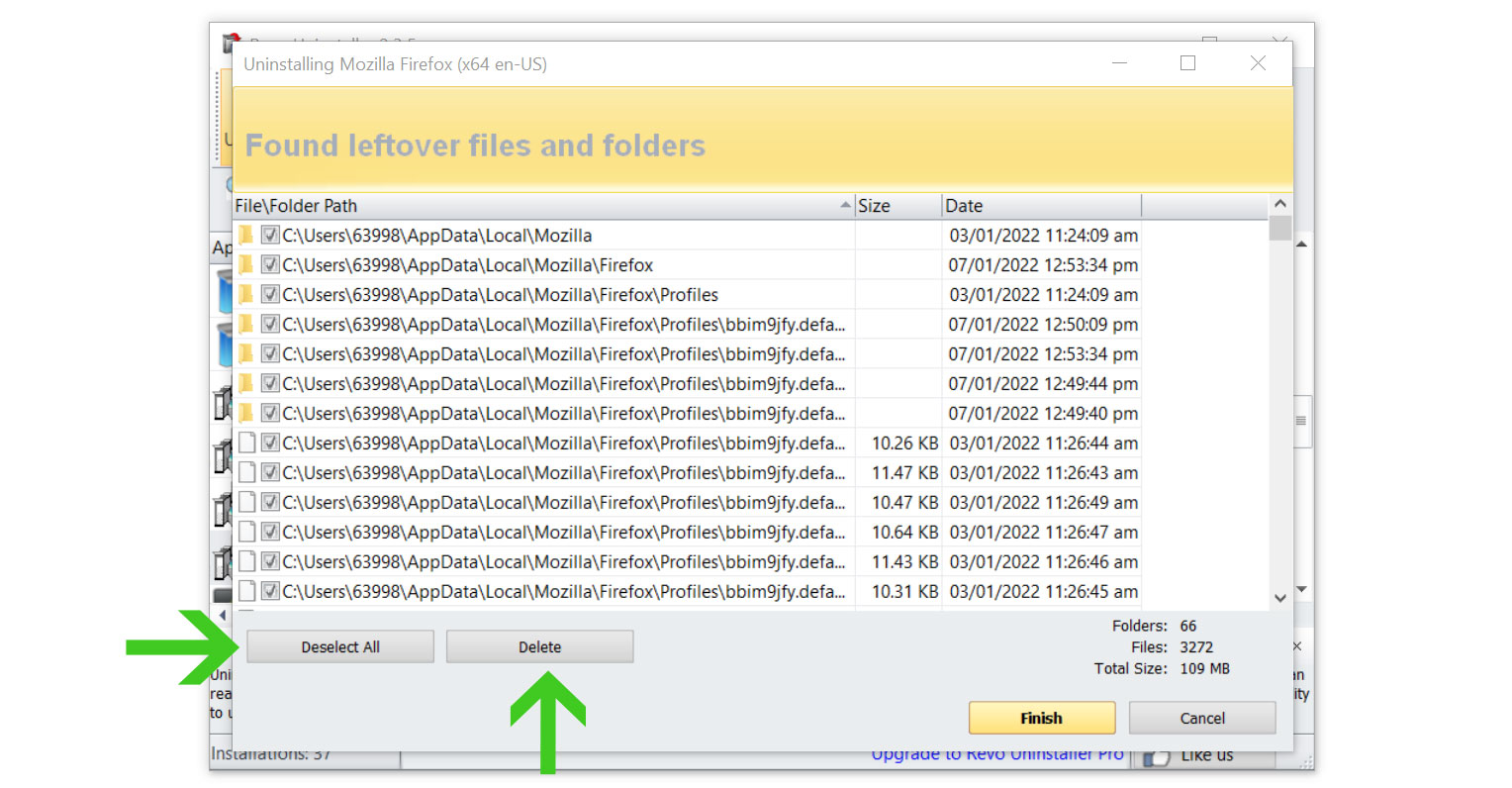
10 Some leftover files may be found, click Select All then Delete them as well.
11 Once the window closes, you have successfully removed the adware threat from your system.
Step 2: Remove Sync from Browser Extension
As mentioned earlier, the persistent reinstallation of the browser extension may be due to it being synced with the browser.
In such a case, disabling the browser sync for the extension should help. Here are the steps to follow to disable the browser sync for extensions:
1 Click on the three horizontal lines (for Chrome) or three vertical dots in the upper-right corner of your browser after it has opened. (for Firefox).
2 Select “Settings” (for Chrome) or “Options” from the drop-down menu. (for Firefox).
3 In Firefox, click “Disconnect” under “Firefox Account,” while in Chrome, choose “Sync and Google services” and then “Manage sync.”
4 The switch next to “Extensions” can then be turned off in both Chrome and Firefox to cease syncing extensions.
5 You may alternatively click “Manage sync” or “Disconnect” and then choose “Stop and Clear” if you want to entirely uninstall the extension from all synced devices.
We should note that the steps may vary depending on the version of the browser installed in the system.
Step 3: Use Malwarebytes Anti-Malware to Remove Viruses
If the problem still persist, it may be due to the browser extension being malicious. You may utilize a powerful antivirus software. Malwarebytes Anti-Malware is one of the most effective anti-malware programs available. 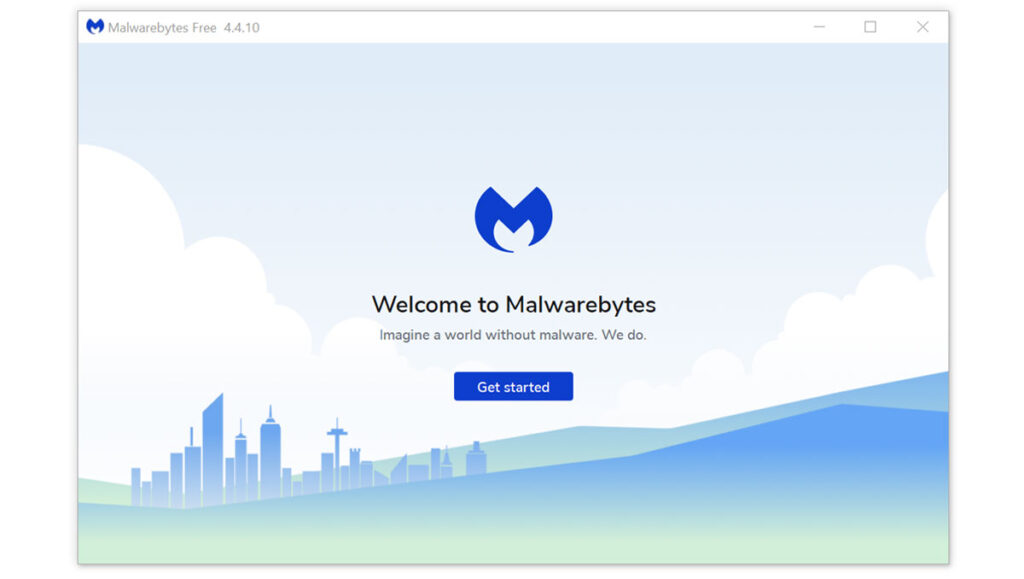 They have some of the greatest threat detection software, ensuring that any unwanted threats on your computer are totally eliminated.
They have some of the greatest threat detection software, ensuring that any unwanted threats on your computer are totally eliminated.
If neither of those methods work, you can utilize this antivirus program to complete the task. Furthermore, if the persistent extension problem is already resolved, we recommend that you run a complete scan just in case.
1 Visit the antivirus website or click the button above to download the most up-to-date version of the software that best suits your requirements.
2 Follow the software installation instructions until they are completed.
3 Run a complete malware scan on the machine and wait for it to finish.
4 All the detected threats found on the computer will be shown on the screen and clicking the “quarantine” button to remove them.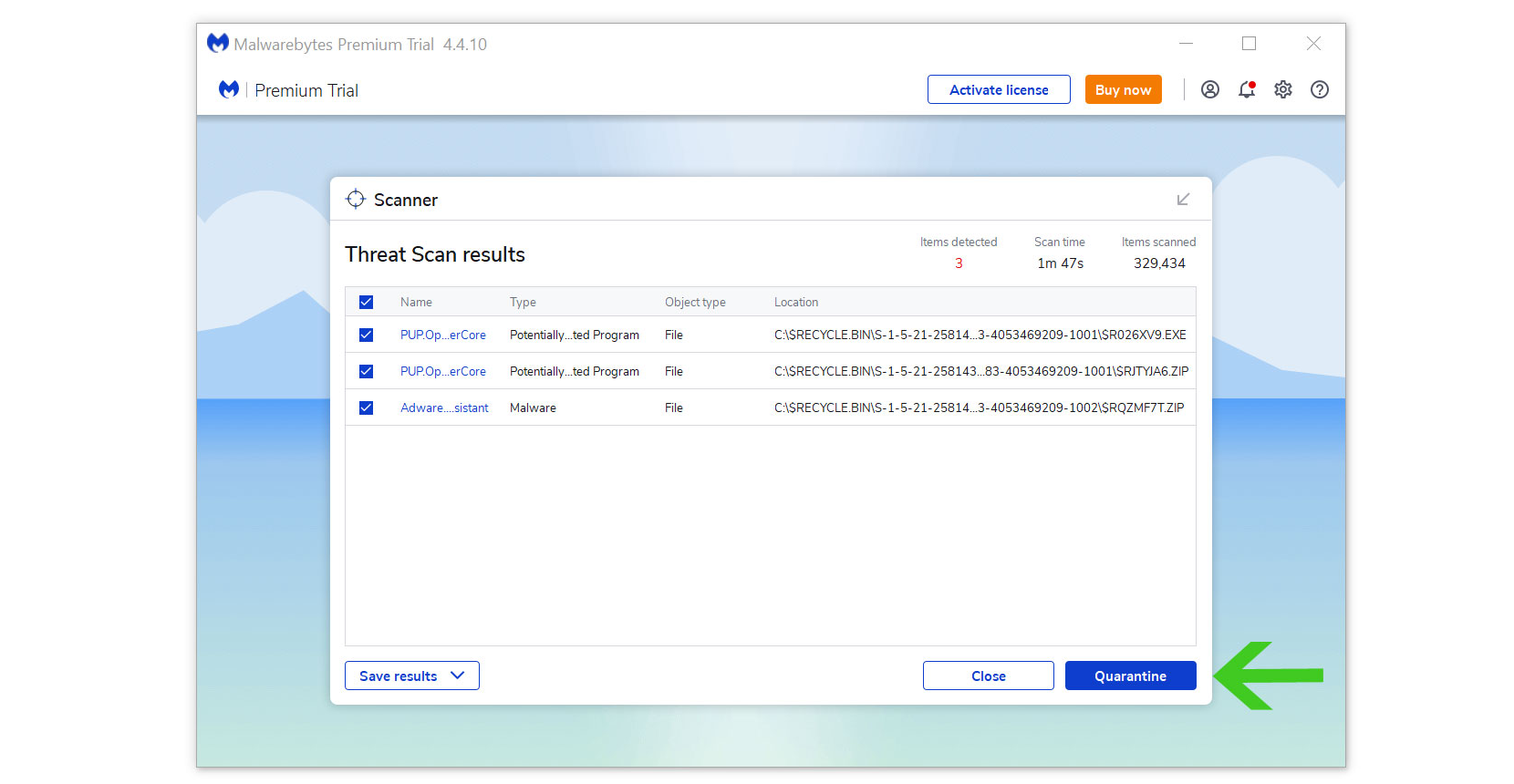
After removing the malware from the computer, you have the choice to remove the application if you want to. While doing so will disable Windows Defender Real Time Protection, following the removal of Malwarebytes, you can follow this article to reactivate it again.
Alternative: Kaspersky Antivirus
If you frequent several forums and websites, you will always see the majority of people concurring that Kaspersky is among the top antivirus programs on the market. Even after we have removed infestations from the computer system, there is a possibility that malware is still present.

Since each antivirus application has its own threat database, Kaspersky’s detection technology may be able to find viruses that the prior program missed.
We recommend conducting a scan just in case to make sure the persistent browser extension and other malware are completely and undetectably eliminated from the system. Additionally, if this is your first time downloading the application, you will get a 31-day premium trial.
1 Download the Kaspersky Security Cloud by clicking the button above.

2 Once the setup has finished downloaded, open the file and start the installation.

3 Wait until the wizard finds the latest version of the application or click Skip to install the current version stored.

4 Review the License Agreement. If you agree to its terms, click Continue.

5 Follow the installation instructions as shown then finally click install. (You may choose to uncheck the options shown if you do not want those features.)

6 Wait for the application to finish installing, then after the process is complete, click done.

7 Apply the recommended settings then start the application by clicking apply. Feel free to untick the options you do not desire.

8 You will be prompt to create an account and once you are finished, you will be redirected to the main screen. Select the Scan tab then click the run full scan and wait for it to complete. (Before scanning, we recommend you update the database to ensure any new malware variants are detected.)

9 After the scan has finished, the detected threats will be deleted from the computer.

Step 4: Reset the Browser to Default Settings
If all else fails, returning the browser to its default configuration should remove the extension. However, it’s crucial to disable sync first. We should note that resetting the browser should only be done as a last resort.

Google Chrome

1 Open Google Chrome and click the three dots in the upper right corner of your screen to access the Google Chrome menu.
2 Click the Settings button, then click the Advanced menu on the left side of the screen from the settings screen.
3 On the drop down menu, select Reset and Clean up
4 Click on the Restore settings to their original defaults.
5 Then a small window will appear and click the Reset Settings.

Mozilla Firefox

1 Launch Mozilla Firefox browser then open the menu by clicking on the three horizontal lines located in the upper right corner.
2 Navigate down and click Help then select More Troubleshooting Information from the options given.
3 Select the Refresh Firefox button.
4 Click Refresh Firefox on the confirmation window that appeared.

Microsoft Edge

1 Run Microsoft Edge on the computer and click three dots icon on the upper right corner.
2 Click on the Settings button from the drop down menu.
3 Find and click the Reset Settings from the left sidebar.
4 Then click on the option Restore settings to their default values.
5 A warning window will appear that you are about to reset the browser, click Reset and the browser should return to it’s default settings.
